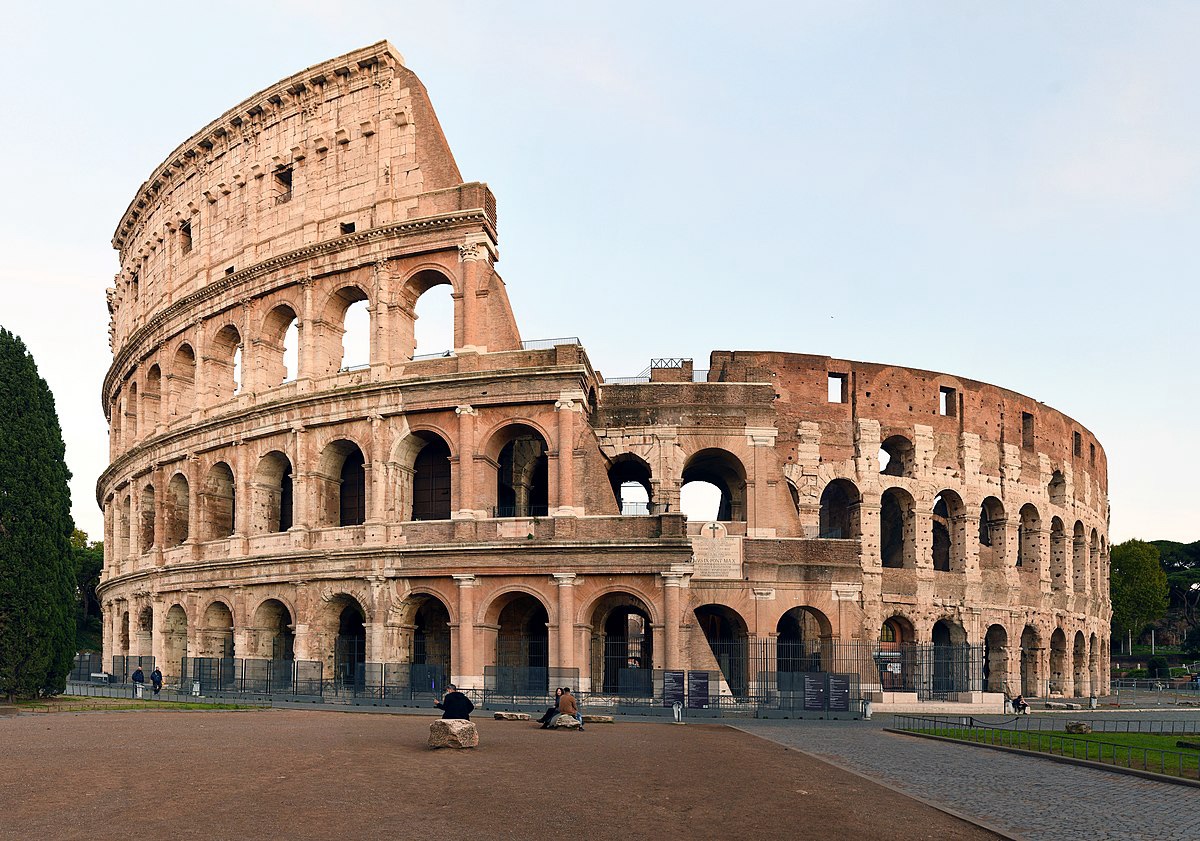The Colosseum is one of Rome’s top attractions and a globally recognized symbol of architectural magnificence. Here’s a guide to making the most of your visit!
Whether you’re a history enthusiast or simply a fan of the movie ‘Gladiator,’ the Colosseum is an essential stop on any Roman itinerary. My first visit to Rome was filled with eager anticipation to explore this iconic site. However, the Colosseum’s vast size and immense popularity can be overwhelming.
To enhance your experience and avoid potential disappointments, it’s important to plan your visit in advance.
In this article, I’ll share crucial tips for navigating the Colosseum, securing tickets, and other key insights from my travels in Italy.
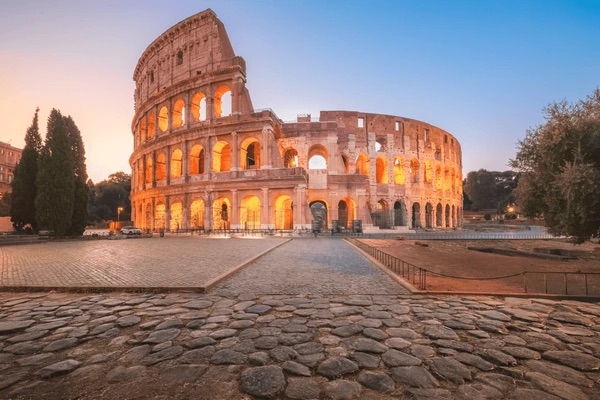
Rome Colosseum Visitor Guide
The Colosseum, an iconic structure of ancient Rome, was built between 72 AD and 80 AD. This three-tiered edifice is not only the largest amphitheater ever constructed but also the largest still standing in the world today.
As the most colossal ancient structure still in existence, it reaches a height of 157 feet (48 meters) and measures 620 by 513 feet (189 by 156 meters). Designed to hold over 50,000 spectators, the Colosseum was an engineering marvel.
Roman amphitheaters typically shared a common design: circular or oval, open to the sky, with tiered seating. These venues hosted a variety of public spectacles, including gladiator combats, chariot races, and public executions.
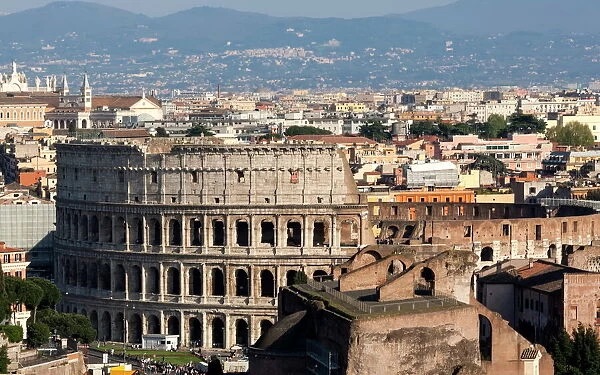
Of the approximately 230 amphitheaters built throughout the Roman Empire, the Colosseum is unmatched in architectural magnificence and historical significance. Also known as the Flavian Amphitheater, it was constructed under the emperors Vespasian, Titus, and Domitian.
The structure features three levels of arcades, each reflecting a different order of classical architecture: the ground level in the sturdy Doric style, the middle in the elegant Ionic, and the topmost in the ornate Corinthian style, showcasing the grandeur of its creators.
Despite extensive damage from earthquakes over the centuries, the Colosseum remains largely intact, offering modern visitors a glimpse into the grand spectacles once enjoyed by ancient Romans.
Directions to the Colosseum
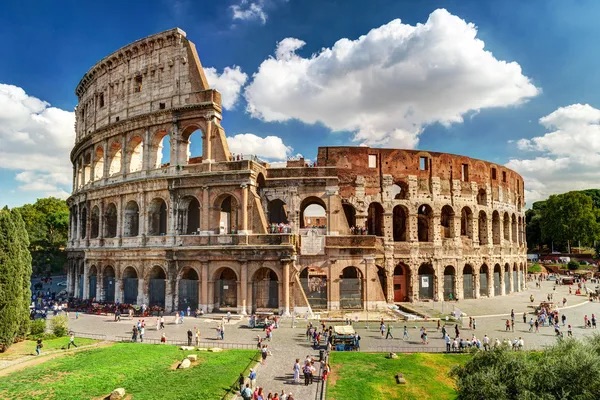
The Colosseum is centrally located in Rome, with its entrance next to the Arch of Constantine.
The nearest subway station is “Colosseo” on Line B, just a 3-minute walk from the Colosseum’s gates.
If you’re coming from Termini, take the metro towards Laurentina. The trip is short, only 3 minutes or two stops.
Additionally, Rome Hop On Hop Off buses, which are included with both the Rome and Vatican Passes, also stop at the Colosseum.
How to Visit the Colosseum
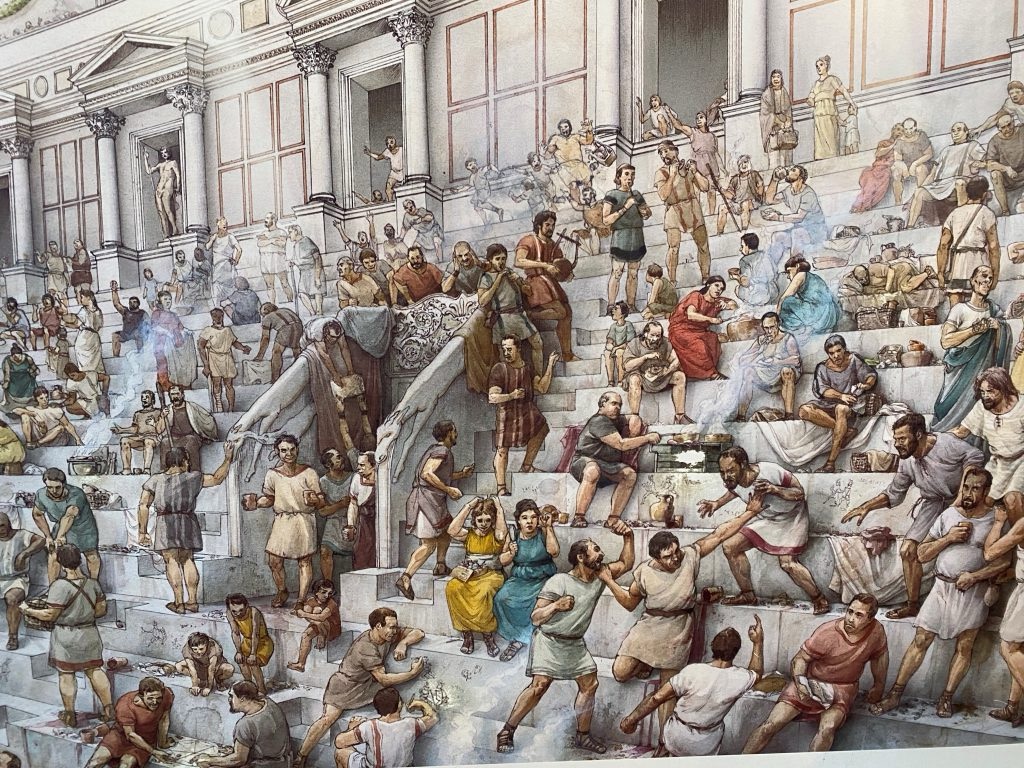
There are several ways to experience the Colosseum. You can enjoy its exterior for free or purchase tickets to explore its interior.
For interior access, you can choose tickets for specific sections of the Colosseum.
You can visit the Colosseum on your own or join a guided tour.
Cost of Visiting the Colosseum:
The standard entry fee is €18 (€16 plus a €2 online reservation charge), which also includes access to the Roman Forum and Palatine Hill. This ticket allows you to explore the first and second tiers of the Colosseum and three vantage points but does not include the arena floor or the hypogeum (subterranean section). (Access to these restricted areas requires booking a guided tour – more details below.)
Discounted Tickets:
EU citizens aged 18 to 25 can get a reduced ticket for €4 (plus a €2 online booking fee). A valid ID must be presented at the entrance to qualify for the discount.
Children / Individuals with Disabilities:
Entry is free for children under 18 and individuals with disabilities (plus one family member or assistant).
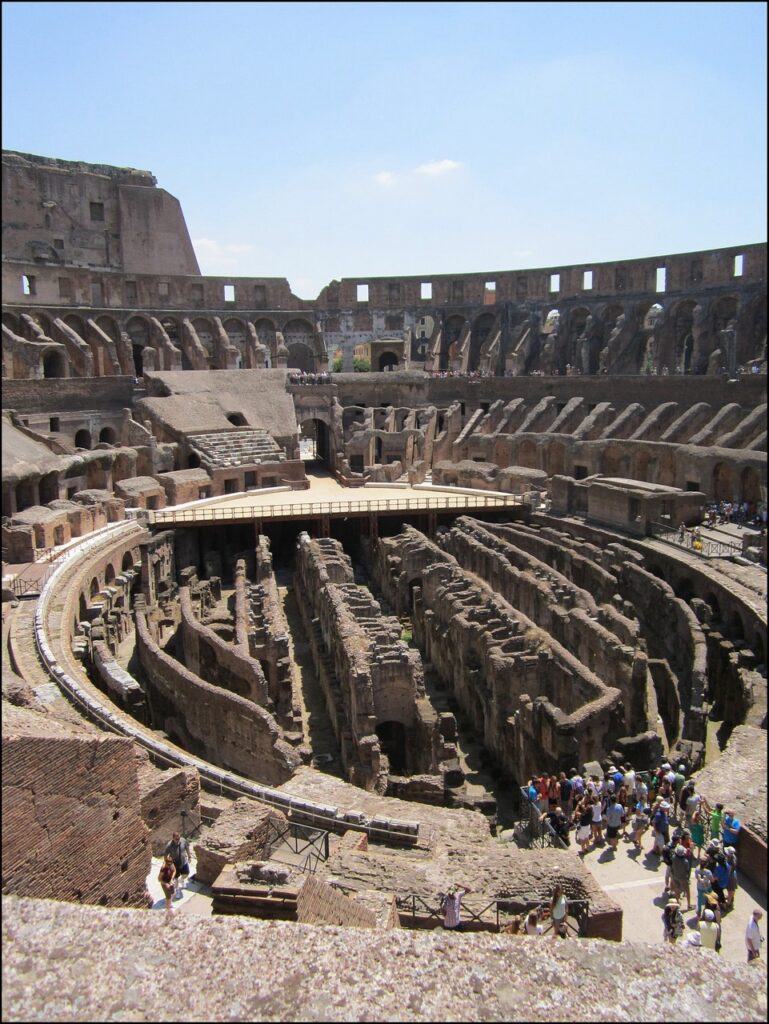
Full Experience Tickets:
These tickets cost €32 (discounted rate: €12) plus a €2 reservation fee and include admission to the Colosseum, Roman Forum, Palatine Hill, and the S.U.P.E.R. sites (Palatine Museum, Neronian Cryptoporticus, House of Augustus, House of Livia, and Temple of Romulus). They also include an English-guided tour with access to the arena floor and a guided visit to the underground but do not cover the third tier of the Colosseum. “Full Experience Tickets” are valid for 48 hours from the first use.
When buying a guided tour ticket on the official Colosseum website, be careful selecting your ticket type, as the English translation might be confusing and lead to an unintended booking for an Italian tour.
Skip-The-Line Tickets:
If you’re short on time or prefer not to wait in line, consider the Skip-The-Line Ticket, priced at approximately €22. This ticket requires booking a specific entry time and tends to sell out quickly, so it’s advisable to reserve in advance. Note that Skip-the-line tickets are not available on the official Colosseum website but can be purchased through third-party vendors like GetYourGuide.
What’s Included In Your Colosseum Ticket
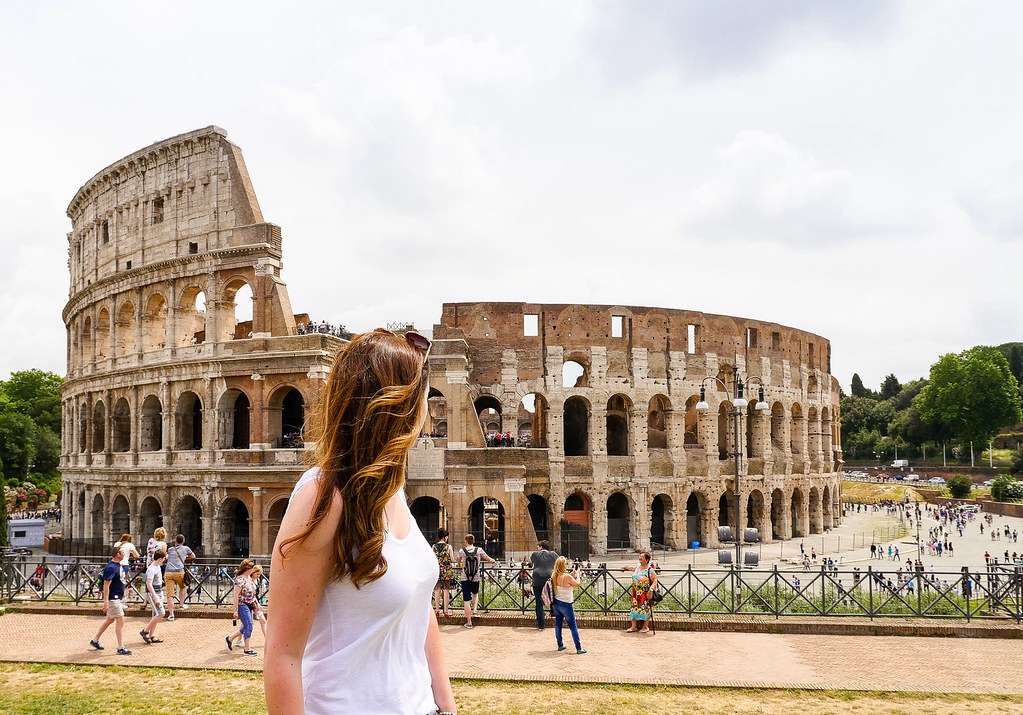
The General Admission Ticket includes access to the Colosseum (excluding the arena), the Roman Forum archaeological zone, the Imperial Forums, and the Palatine Hill. It also covers entry to any temporary exhibits at these locations.
This ticket is valid for 24 hours, giving you the flexibility to visit each site at your leisure within a day. The validity period begins once you enter the first site.
Online Ticket Information:
Purchasing your ticket online allows you to skip printing; simply show the ticket on your smartphone upon arrival at the Colosseum.
Exclusions:
The general admission ticket does not include access to the Colosseum’s arena, underground chambers, or the third level. Special tickets or guided tours are required to visit these areas.
Duration of Visit:
Plan to spend at least one hour at the Colosseum itself, with an additional hour for each of the other included sites. For a more comprehensive exploration, consider dedicating about two hours per site. The Palatine Hill and the Roman Forum are extensive and require more time to explore.
Distances Between Sites:
- The Palatine Hill is a five-minute walk from the Colosseum.
- The Roman Forum is also under five minutes away.
- The Imperial Fora is approximately ten minutes from the Colosseum.
If you’re short on time, it’s possible to tour all three sites in half a day. However, for a thorough experience, plan on spending around six hours to visit all three.
The Colosseum Guided Tours
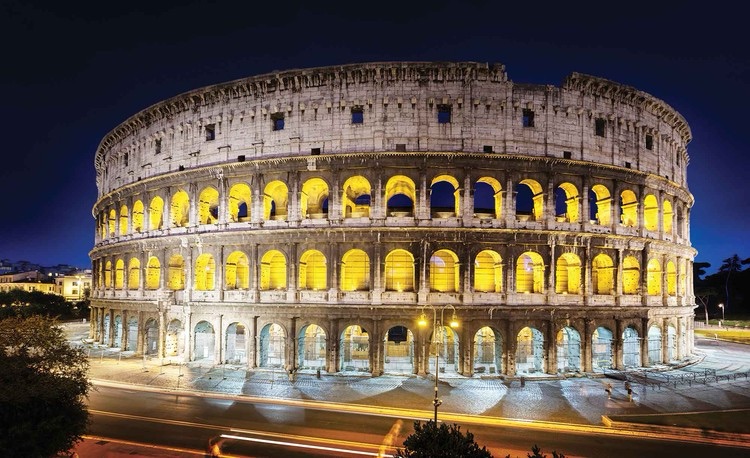
For a thorough experience of the Colosseum, consider choosing a guided tour if your schedule permits. Due to the limited signage at the various sites included with the Colosseum ticket, visitors might not fully grasp the historical context without additional resources like a podcast or guidebook.
1-Hour Express Tour
Perfect for those short on time, the 1-hour Express Tour offers a concise overview and includes the benefit of fast-track entry.
Exploring the Hypogeum (Beneath the Colosseum)
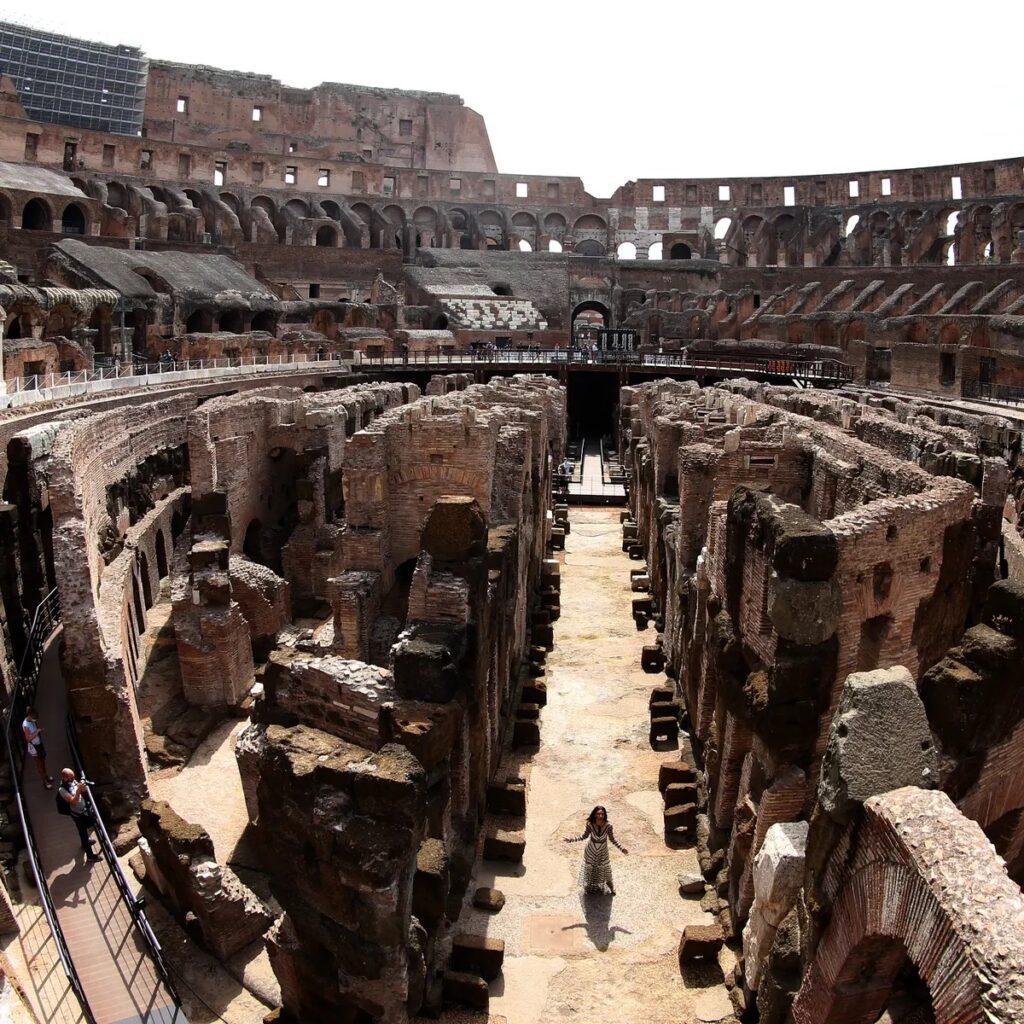
To visit the Colosseum’s arena floor and the fascinating hypogeum below, you must participate in a tour. This underground area is where gladiators and animals were kept before their battles. A guided tour of the hypogeum provides a deeper understanding of the amphitheater’s events, shedding light on the lives of the gladiators and the combats that took place in front of ancient audiences.
Family-Friendly Colosseum Tour
This tour is perfect for families visiting Rome, as it is tailored to entertain children with fascinating stories of ancient Rome. The engaging narrative makes the history of the Colosseum enjoyable for both children and adults, bringing the past to life for all ages.
Buying Colosseum Tickets
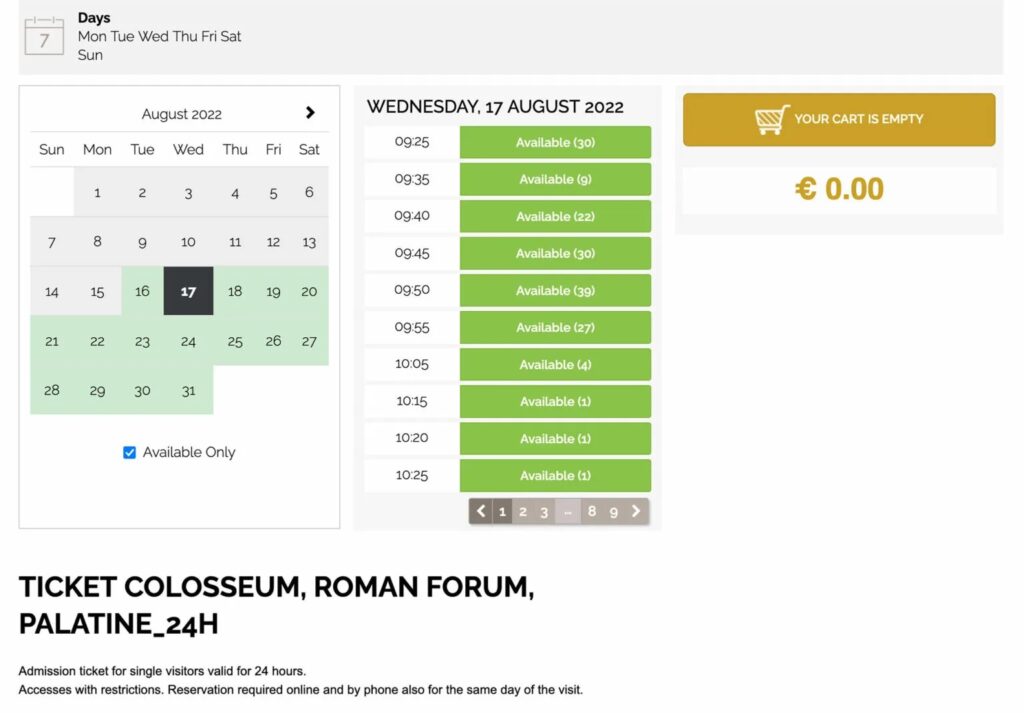
There are several ways to purchase tickets for the Colosseum. The official ticket website is a straightforward choice, usually offering general admission tickets. For special access tickets that include a guided tour, the official site also provides these, but English-language tours are in high demand and may sell out quickly. If English tours are fully booked during your visit to Rome, third-party websites are a dependable alternative for booking guided tours in English.
For reservations of guided tours or access to special areas, booking through a licensed third-party tour operator is essential.
Although there is a ticket office at the Colosseum, expect a wait due to the 3,000 daily visitor limit. It is recommended to purchase tickets online to avoid queues and guarantee entry. When selecting the “Buy Tickets” option online, a calendar will appear for you to choose your visit date. Afterward, you can view and select from the available time slots for that day. If your preferred time is unavailable, consider choosing an alternative date.
Keep in mind that timeslot bookings for the Colosseum are available only up to a month in advance. If your trip to Rome is scheduled for a later date, it’s advisable to set a calendar reminder to book your Colosseum tickets one month before your visit.
Roma Pass / Rome and Vatican Pass
Even if you have a Roma Pass, which provides free entry to select landmarks, discounted rates for other museums and archaeological sites, and free public transport, you still need to book a timeslot online and pay the €2 reservation fee. Therefore, it’s advisable to check the availability of Colosseum timeslots immediately after obtaining your Roma Pass. This ensures you can visit within the validity period of your pass, which is typically 48 or 72 hours. The reservation option for Roma Pass holders is available on the official ticket website.
Free?
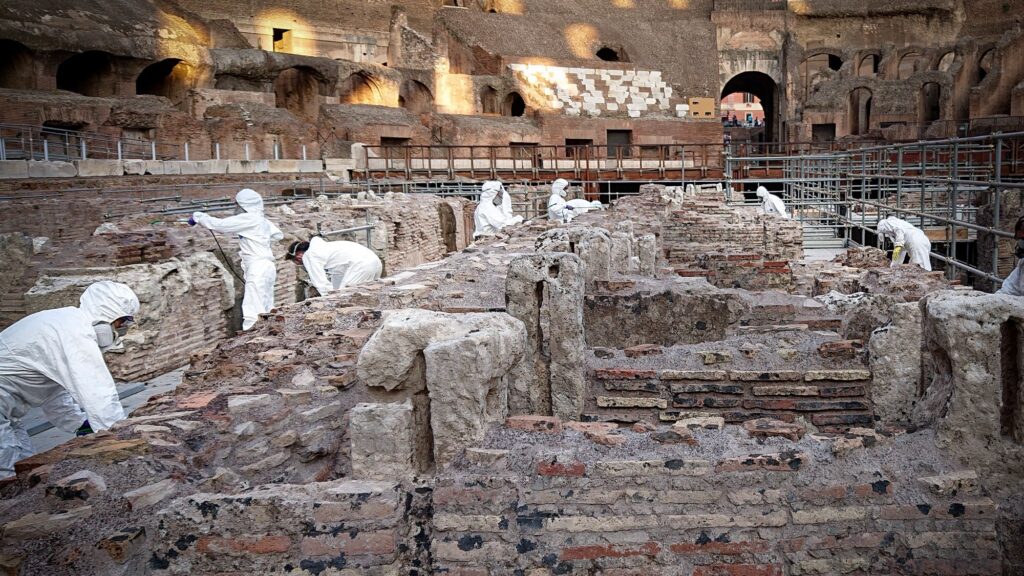
On the first Sunday of every month, admission to the Colosseum, including the Roman Forum and Palatine Hill, is free, as these sites are usually included in the Colosseum ticket. However, these attractions tend to be especially crowded on free admission days. To maximize your experience on the Free First Sunday while staying on budget, it’s recommended to arrive early to avoid the crowds.
Opening Hours
The Colosseum is open to visitors every day of the week, with a consistent opening time of 9am throughout the year. However, closing times vary by season:
- 2 January – 28 February: 9am – 4:30pm
- 1 – 26 March: 9am – 5:30pm
- 27 March – 31 August: 9am – 7:15pm
- 1 – 30 September: 9am – 7pm
- 1 – 30 October: 9am – 6:30pm
- 31 October – 31 December: 9am – 4:30pm
Please note that the last entry is allowed one hour before closing time.
The Colosseum is open all year except on two days: it is closed on Christmas Day (25th December) and New Year’s Day (1st January).
Additional Tips for Your Colosseum Visit
Avoid bringing large backpacks or suitcases as they are not allowed. Be prepared for thorough security checks, including bag screenings at the entrance. A medium-sized daypack is acceptable, but glass bottles and alcohol are prohibited.
Inside the Colosseum, there are water fountains—a great feature during hot weather. Bringing a reusable water bottle is recommended. If you’re outside, there’s also a fountain near the Colosseo metro station.
In the summer, consider bringing a sunhat, visor, or umbrella due to the strong sun exposure, and remember to apply sunscreen.
Wear comfortable, sturdy shoes as the surfaces at the Colosseum, Roman Forum, and Palatine Hill are uneven.
For those interested in gladiator history, Rome offers a 2-hour gladiator training experience at the Gruppo Storico Romano and Gladiator School, where you can learn about gladiator games, weaponry, and history.
